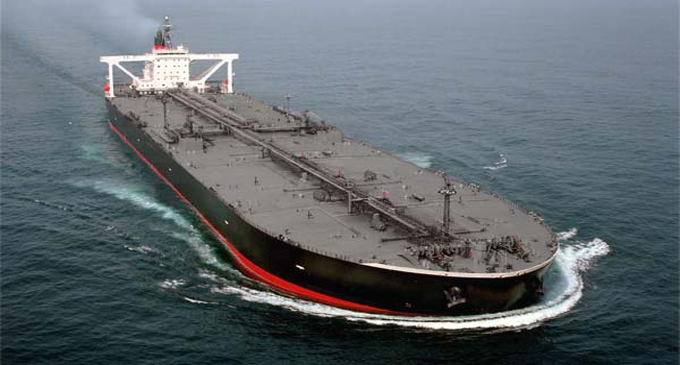BP sends almost three million barrels of US oil to Asia

Dec 9, 2016: Oil major BP is shipping almost three million barrels of US crude to customers across Asia, pioneering a lengthy and complex operation likely to become more popular after OPEC last week announced deep production cuts.
BP’s efforts, involving one of the world’s longest sea routes, seven tankers and a series of ship-to-ship transfers, underscore a desire among oil traders to develop new routes to sell swelling supplies of cheap US shale oil to Asia, the world’s biggest consumer region.
While exports of US crude have been allowed since a 40-year ban was lifted a year ago, the distance, cost and complexity of shipping to Asia has so far kept the flow to a trickle.
Now, using its global shipping and trading network, BP was able to grapple with US port limitations and the need to transfer oil between ships off Malaysia to split cargoes for customers across Asia, according to trade sources and shipping data in Thomson Reuters Eikon.
“Keeping regional price differentials, different tanker rates, and the forward price curve in mind while considering the delivery needs and schedules of your counterparties is not something many oil trading firms can do,” said a shipping source in Singapore, who had knowledge of the operations.
“BP is one of perhaps half a dozen firms capable of doing so,” he added, speaking on condition of anonymity as he was not authorised to publicly discuss operations.
BP declined to comment.
While BP’s operations are currently the most sophisticated, others have also begun developing US Asia trade.
China’s Unipec, the trading arm of Asia’s largest refiner Sinopec, is shipping about two million barrels of WTI to China this month, while trading house Trafigura is also exporting some two million barrels of US oil to Asia.
Incentives to bring US crude into Asia have risen after the Middle East-led producer club of the Organization of the Petroleum Exporting Countries (OPEC) and Russia agreed to cut output, encouraging refiners across the region to seek alternatives to offset potential supply shortfalls.
“OPEC is putting US shale oil to the test… (and) we will truly see what it can deliver,” said Bjarne Schieldrop, chief commodity analyst at SEB. He predicted 2017 would be a “shale oil party” with a surge in US exports after the OPEC production cuts.
The operation to send the oil, worth around US$150 million, to Asia-Pacific buyers lasted four months and involved BP traders in the United States and Singapore, while colleagues from London were responsible for ship chartering, the sources said and data showed.
BP took advantage of arbitrage between cheaper US West Texas Intermediate (WTI) crude and the global benchmark Brent LCOc1.
The deal was aided by cheap tanker rates and a price/time curve, where future oil deliveries are more expensive than those for immediate discharge, making sourcing oil from as far away as North America profitable.
BP’s operations to Asia kicked off in mid-September, when it chartered the large Suezmax-class tanker Felicity to load crude from the smaller Aframax-class vessel Eagle Stavanger in the Galveston Offshore Lightering Area (GOLA) off Texas.
Days later, also at GOLA, BP transferred oil from three Aframax-class tankers to the C. Excellency, a Very Large Crude Carrier (VLCC).
The transfers were necessary as American ports cannot load oil on the biggest tankers.
Source: Reuters

